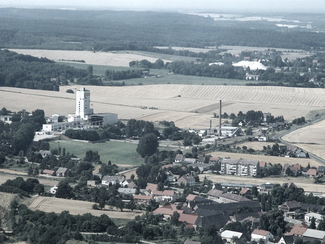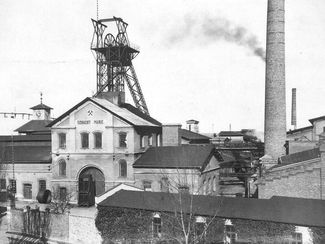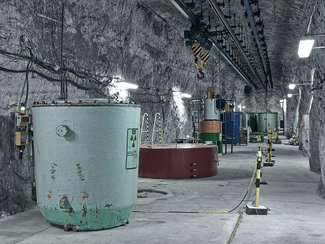The repository
The former potash and rock salt mine and current repository Morsleben can look back on a varied history. In 1971, the GDR established a repository for low-level and intermediate-level radioactive waste in this mine. The Federal Republic of Germany continued to use this repository until 1998. Altogether 36,754 cubic metres of low-level and medium-level radioactive waste has been stored. The repository is under decommissioning. The objective is to safely seal off the radioactive waste from the biosphere. The overall responsibility for the construction and operation of the repository is with the Federal Office for Radiation Protection (BfS).





